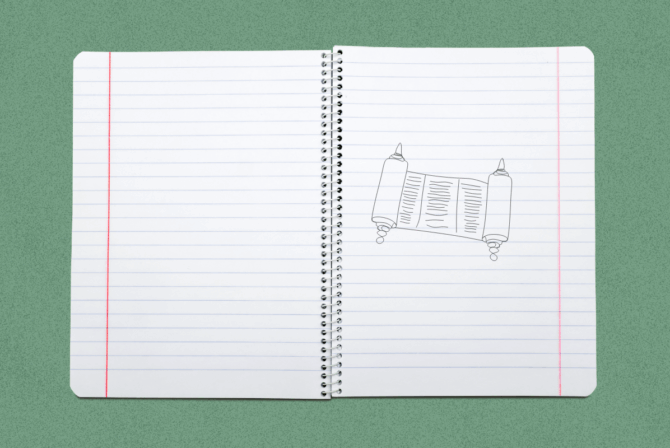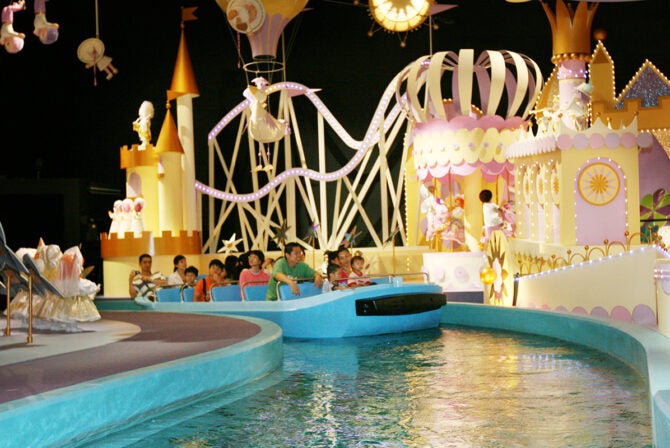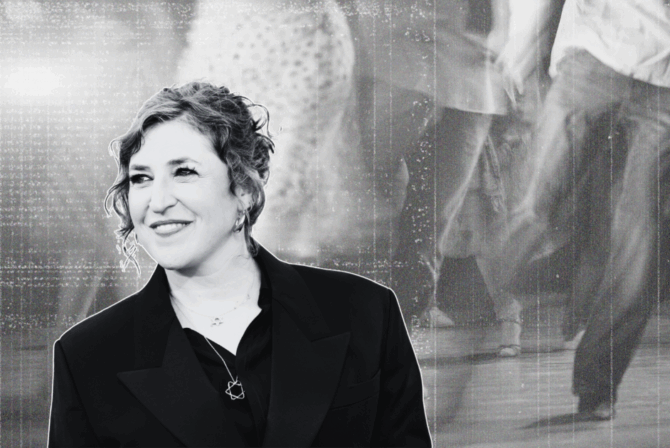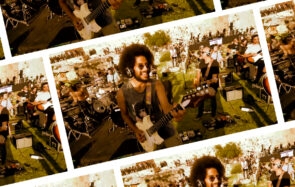When suburban Chicago mom Kelly Masterson looked over her eighth-grade son’s homework recently, she was, in her words, “flabbergasted” to see an assignment labeled “Hitler cartoon.” Complying with his teacher’s instructions, her son Michael had turned in a comic strip describing Hitler’s rise to power, replete with swastikas and Nazi imagery.
“I asked him, ‘Did you ask the teacher if you could use these images?’” she wrote in a Facebook post that quickly created controversy. “He said yes…” Still, she was uneasy with kids being asked to engage with Nazi imagery: “(I’m) not sure what the appropriate manner is to use a swastika” she noted.
The school issued an apology after the post, noting that the “fun” and “cartoonish” elements of the assignment “did not fully represent the intent of the teachers or the (school) board.” But it stood behind the assignment itself. “The intent…was to help students understand the complex issues leading up to World War II, not to minimize the atrocities of Nazi Germany,” the school explained.
Parents were angry. “The school has decided to do nothing,” one disgusted parent complained on Facebook. “Just fire the teachers involved,” a local resident demanded. Within weeks, the story was being reported not just locally, but in the international press, spreading demands for action and expressions of outrage around the world.
I, for one, won’t be joining in bashing the teacher who asked her students to draw a Hitler cartoon.
I am very aware of what a tragedy the Holocaust was, particularly as it affected my family personally. My son carries Aaron is named after my great-grandfather, who was murdered in Auschwitz. Because nearly everyone in his family was wiped out, we don’t know many details about his life; his photo sits on the shelf in our living room, gazing at us, reminding us daily of what we and the entire Jewish community have lost.
My grandparents escaped Hitler’s Germany by the skin of their teeth, arriving in America after war had already been declared in 1939. They were so bitter about the world they’d escaped they refused to ever speak their native German again. Whenever I asked my grandmother about her relatives, she’d tell me about them, always concluding the same way, with a look of such intense sorrow on her face: “They ended like every other Jew, killed.”
As a parent and a religious school teacher for elementary school-aged kids, not to mention a child and grandchild of survivors, I struggle to help people understand the enormity of this tragedy. For years, I’ve taught Sunday school, and for years I’ve struggled to find ways to make the Holocaust feel real and meaningful to a new generation.
Some years it’s easier than others. One year, a student announced she was visiting her great-grandmother, who was a survivor, over winter break. My whole class helped her devise a series of interview questions, then listened, transfixed, when she returned and told us all about her great-grandmother’s answers. That group of fourth-graders will likely always carry some memory of that lesson with them.
Other years, however, it can be so hard to help students feel connected. Amid all the note-passing, spitball-spitting, “Can I go to the bathroom”-asking, and general silliness, how do we make learning about the Holocaust interesting?
I admit that some years I’ve gone for shock, passing out photos of survivors that made my students stop and even cry. I’ve had students read memoirs; I’ve read them memoirs out loud. I’ve asked them to read the graphic Holocaust novel “Maus”; I’ve asked them to act out scenes from Holocaust books; I’ve asked them to pretend for a moment they lived in those times.
Some of these activities are much more meaningful than others.In my quest to make the Holocaust real and relevant to my students, I might just adopt the Hitler cartoon assignment that’s causing so much controversy right now. Anything to engage students and help them learn.
As the Holocaust fades out of living memory, it’s more important than ever to make it feel relevant to a new generation of students. As I say to my kids and my students, it’s up to us to guard the memory of the Holocaust now: to make sure people are informed, and to ensure that we never allow this legacy to be distorted or forgotten.







